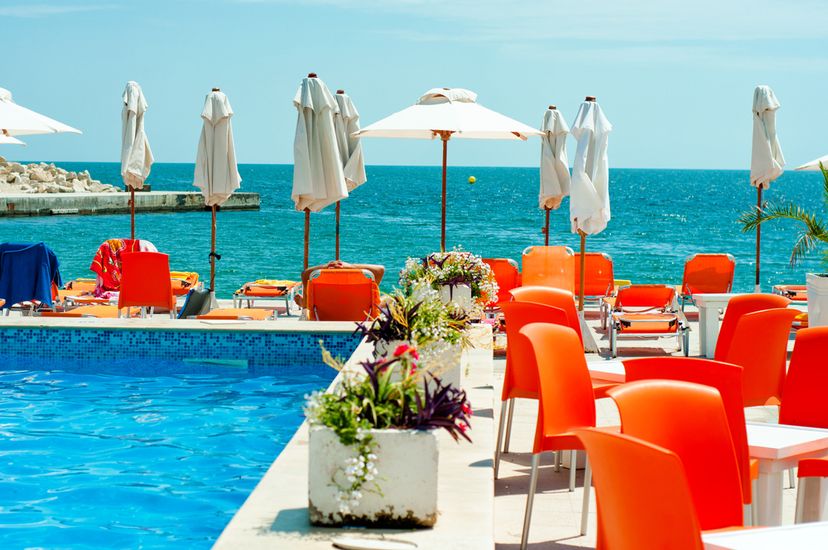
Southern France is so much more than the French Riviera, Cannes, luxury hotels, and glamorous parties on opulent yachts–not that any of that isn’t enjoyable, but to the average traveler, maybe not be so attainable. The south of France doles out surprises in spades, with plenty of small towns filled with historical landmarks, tiny villages offering authentic French charm, and French food that would send sparks through any Foodie’s palate. From Van Gogh to plummeting canyons, here are 8 ways to stay entertained in Southern France.
Advertisement
8. Southern French Food
The South of France is characterized by delicious, traditional dishes infused with flavors and the products of their own environment. Mediterranean influences abound across most southern French cuisine with fertile earth producing nutrient-rich, fresh, and tasty fruits and vegetables, savory herbs, and Provencale’s most important ingredient: olive oil. Seafood dishes abound, from moules frites to sea salted grilled sardines and waterfront raw bars with rows upon rows of options. Bouillabaisse, the most famous dish filled with a half-dozen varieties of fish, is also delectable. In the colder months, the aromas of thick and hearty bean, duck, and sausage stew–called cassoulet–is mouth-watering and impossible to ignore along with wine-soaked sliced potatoes (tartiflette) layered in cheese and lardon and baked to perfection. Vegetarians won’t go hungry either, with the likes of tasty regional dishes including Ratatouille, Nicoise Salad, and the flavors of sauces and pastes like Pissaladiere and Pistou.
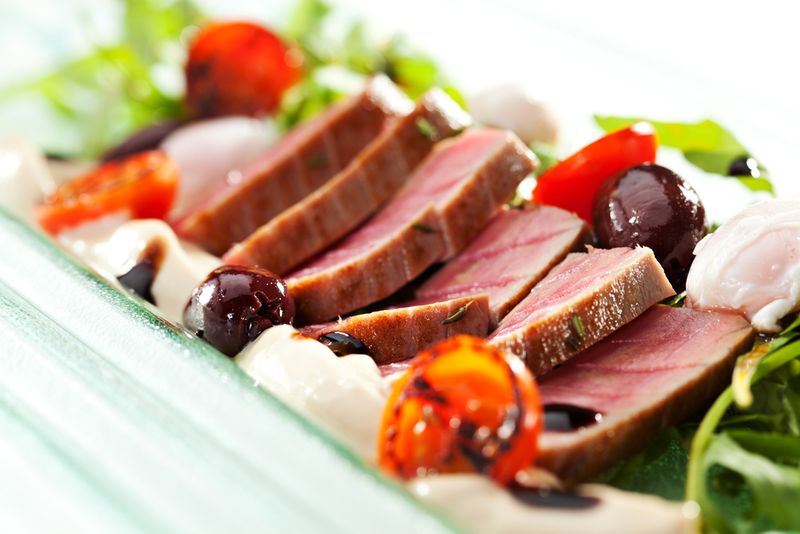
7. Off the Beaten Path
In Southern France, like most popular tourist destinations, it can feel like you’re on a never-ending circuit of attractions along with half the world. Just a little research goes a long way if you’re hoping to get off the well trodden path and visit some out-of-the-way attractions and destinations. The beautiful canals of Sète are France’s Little Venice and Montpellier University, the first university and oldest in France, is where famous intellect Nostrodamus began his career. And don’t miss the “Balcony of the Côte d’Azur”: trek along Grande Randonnée hiking trail for sublime views of the Côte d’Azur and Mediterranean waters so crystalline they’re arguably more beautiful than any Caribbean paradise–definitely the most dramatic stretch of water in France. Within Camaragues, you’ll witness mountains greeting sky, and the celebrated ancient breed of white horses, pink flamingos, and black bulls inside a protected UNESCO biosphere reserve.
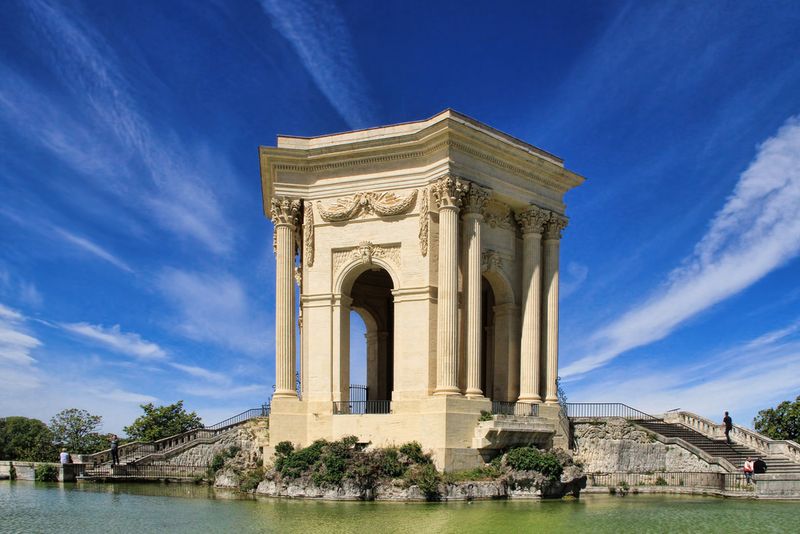
6. Néo Bistros
France has always been known for delectable cuisine, world-renowned chefs, and incredible restaurants, from tiny eateries to large, luxury dining venues. There’s no doubt it’s a country filled with the stuff made of Foodie’s dreams. The latest catch-phrase in French dining is “néo‑bistro,” a phrase referring to smaller, more casual venues guided by big-name chefs. Tight-knit spaces are vied for by locals hoping for a taste of the city’s newest and hottest culinary hot spots. But don’t expect anything over-the-top; the name of the game is casual and relaxed but the twist is entirely creative: dishes created by the world’s masters of food and celebrated for their low-key dishes rather than jaw-dropping cuisine at some of the country’s most prosperous restaurants. These understated eateries (mostly) offer an atmosphere that’s unpretentious and a menu that’s affordable while still providing top-notch dishes and some of France’s most celebrated wines.
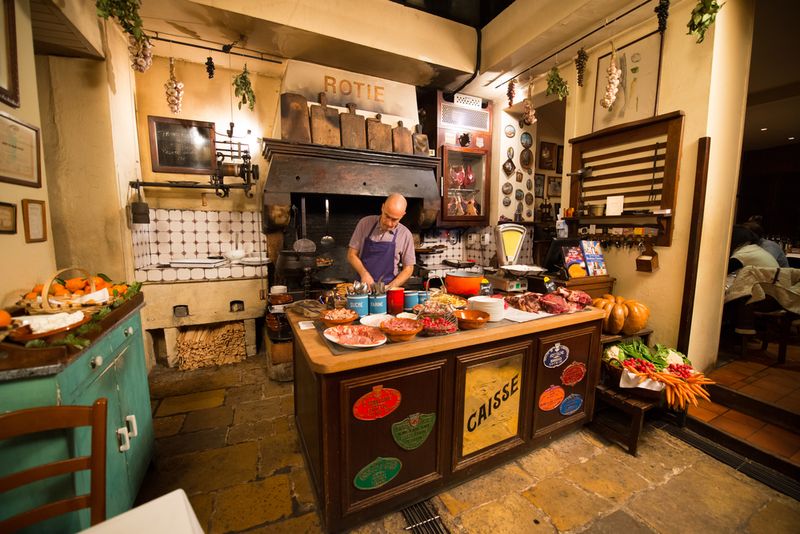
5. Arles
Arles isn’t exactly Southern France’s best-kept secret but it is a place to avoid the crowds and explore a city laced with Roman history. The Roman Forum and Theatre and stunning Amphitheater reveal grand architectural feats; a broad, winding river adds attractive landscape; dazzling 17th century estates add more to ponder; Arles’ contemporary museums and labyrinthine streets are for delving into at whatever pace you like–Arles is a southern gift worth discovering. Art enthusiasts enjoy the Van Gogh history: Arles is where the “Studio in the South” fostered a union between Paul Gauguin and Van Gogh–some of Van Gogh’s most famous pieces were painted in Arles. Arles boasts so many attractions it’s easy to spend an entire vacation exploring it. There’s the Musee Reattu with some of Picasso’s finest work and Espace Van Gogh where Van Gogh stayed following the “incident” with his ear–it’s now filled with galleries and gardens. Arles is also a great base for exploring nearby areas like intriguing Camarague.
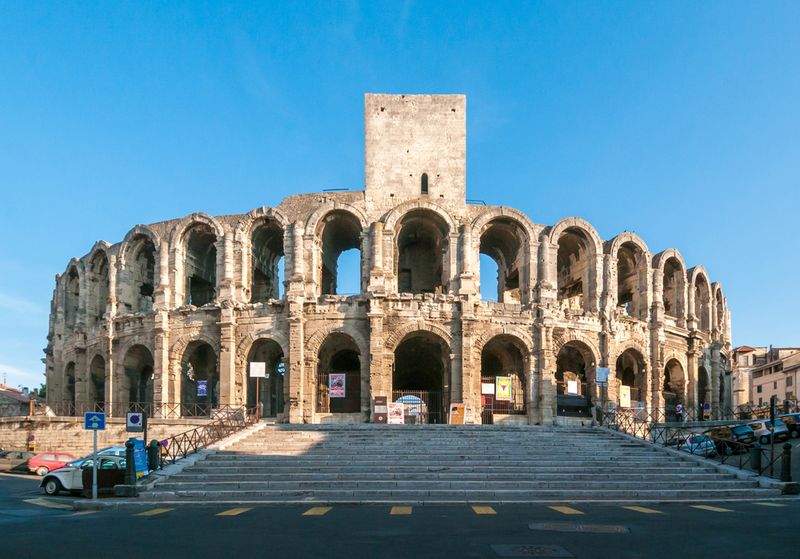
Advertisement
4. Uzes
The charming town of Uzes in Southern France north of Nimes boasts pretty, narrow streets lined with 17th century buildings and small shops, most which finish at Place aux Herbes, the center of town enriched with plenty of great restaurants and several pretty fountains. One very obvious point about Uzes is residents love art and in a big way–this won’t be much of a surprise to anyone who has toured the region since art is a big component of life–but nonetheless it’s a great facet of Uzes’, bringing about some lively art exhibitions infused with special events, food, and music. Uzes’s bustling Wednesday and Saturday market, 17th century Cathedral of Saint Theodorit, and medieval-era Duke’s Castle are more attractions perfect for exploring over a day or two. The abundance of stone used in the old buildings, walls, pathways, and roads give Uzes a fairy-tale look and unbeatable charm.
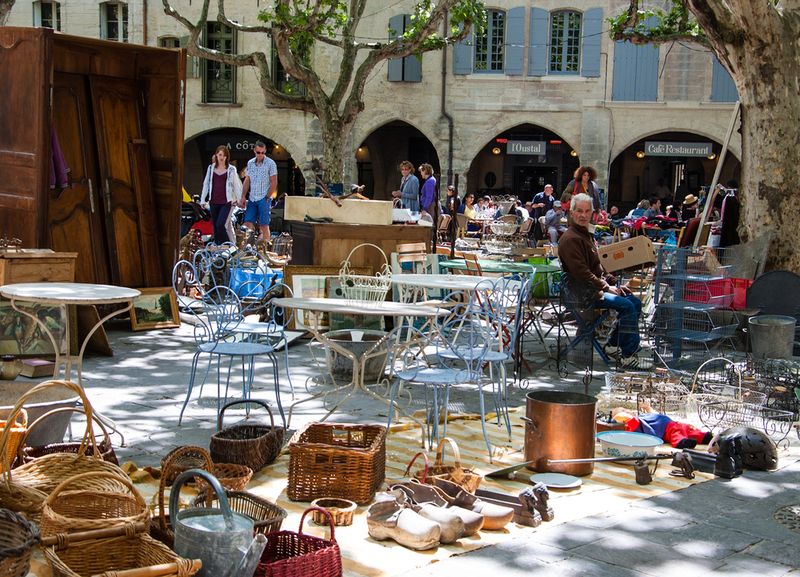
3. St Tropez
St Tropez is one of the glitziest, most glamorous, and sunniest southern resorts in Southern France and it does attract the world’s most elite figures but can still be enjoyed without a Hollywood star’s bank account. St Tropez is much like many Mediterranean seaside villages: there’s quaint streets, a sweeping central square, and busy La Ponche harbour that itself is like a living movie set. To soak in the prestige of St Tropez, hit the main shopping avenues where brand names abound and upscale restaurants line the streets–if you’re after authenticity, wander the narrow alleys and side streets, find scampering fish mongers packing up fresh fare in morning markets, spy traditional butcher shops with tantalizing choices, and explore small shops offering mostly affordable souvenirs. When in St Tropez, the stunning beaches are a must, and the perfect way to keep your wallet in check and your mood in tune.
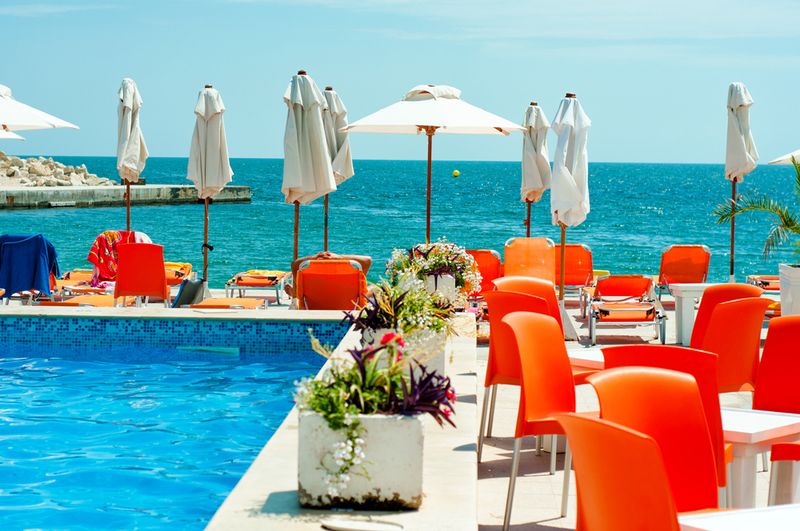
2. Sommieres
The broad River Vidourle flowing through the small, scenic town of Sommieres is a great place to delve into one of Southern France’s most endearing destinations. Set between Montpellier and Nimes (both equally enchanting, nearby destinations), Sommieres is a town with ancient roots stemming back to the Romans and highlighted by pretty, narrow streets and a versed Roman bridge–a central focal point and picturesque location. Located on the river’s east bank, the bridge gives way to Tour de l’Horloge–the official entrance to town–displaying a 17th century clock tower, paves the route to exploring the old ruins of the once-beguiling castle the town evolved around and is also the passage to busy market squares and plenty of restaurants and bars. A wine tour is another distinct possibility as Sommieres flanks the wine growing region of Vaunage, where extensive vineyards offer tours and tastings throughout the year.
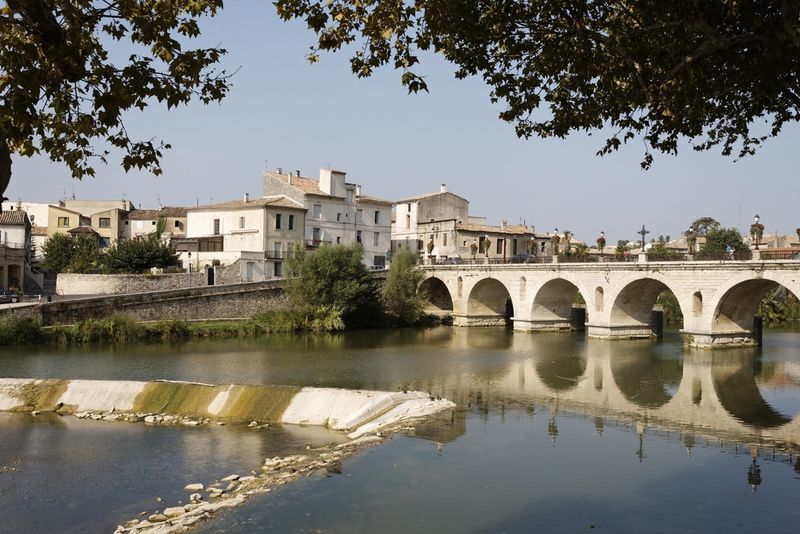
1. Gorges du Verdon
Northwest of Cannes and Nice is Parc Naturel Regional de du Vernon, home to Gorges du Vernon, more than a little reminiscent of Arizona’s Grand Canyon. The nearly 2,300-foot drop is one of the most dramatic features in the south, set within the stunning countryside of Provence, and paints long-lasting memories of natural beauty. Easily explored in a day, Gorge du Verdon’s location near both the French Riviera and the Alps is excellent with abounding options for touring and sightseeing and a bounty of colors sweeping through lavender fields, ripe vineyards, and cozy villages. Canoeing and kayaking on the adjacent river, hiking through the gorge, and scaling the limestone walls are just a few activities to try out. Technical climbing is extremely popular, with more than 1,400 routes featuring pillars, cracks, and continuous walls ranging from 65 to more than 1,300 feet.
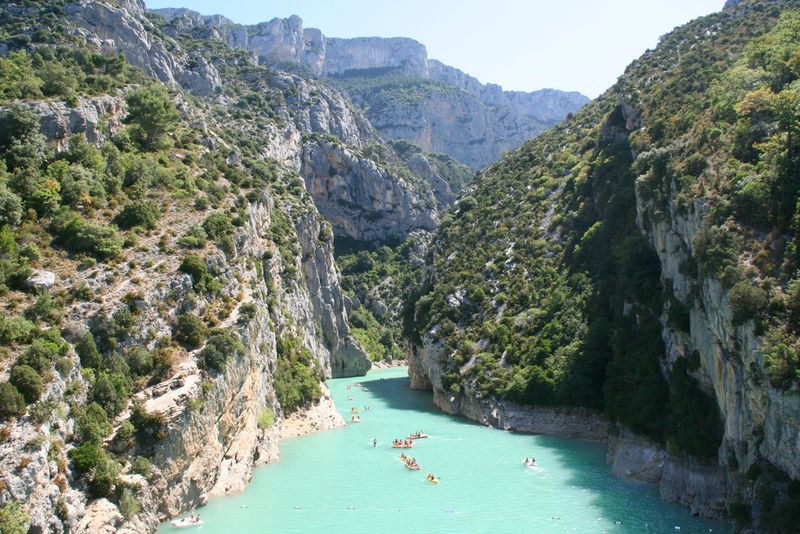
Advertisement